Best Strategies to Improve Skincare Brand Return on Ad Spend (ROAS) in 2024
HavStrategy
Building a Memorable Skincare Brand: Unique Strategies for 2024
HavStrategy
As skincare brands strive to stand out in a saturated beauty market, maximizing Return on Ad Spend (ROAS) is more essential than ever. In 2024, it’s not just about catchy campaigns but smart strategies that optimize every marketing dollar. Let’s dive into key tactics that are helping skincare brands boost ROAS and strengthen brand loyalty. Our team of marketing experts who make HavStrategy a top skincare marketing agency have shared our unique strategies to boost your ROAS.
We as a personal care digital marketing agency are intrigued to take you on a journey of brand growth, hire us as we unravel your brand’s success with our marketing strategies.
Key Strategies to Supercharge Your Beauty Brand’s ROAS:
1. Deep Dive into Customer Insights
Understanding your audience is crucial for creating campaigns that hit the mark. For skincare brands, partnering with a beauty marketing agency in the UK can make all the difference, using tools like Google Analytics and Facebook Insights to transform raw data into actionable strategies.
Know Your Audience Inside Out
Get detailed insights into your audience’s demographics, purchasing habits, and lifestyle choices. For example, Tatcha leverages Google Analytics to understand how younger audiences (particularly those concerned with “clean beauty” and “natural skincare”) interact with their website. This allows Tatcha to optimize campaigns with messaging that resonates with skincare-savvy consumers.
- Personalized Marketing Magic
By segmenting your customer base, you can personalize product recommendations to specific groups. Olay, for example, customizes email and social media ads based on customer skincare concerns (e.g., anti-aging, hydration, acne) to make every ad feel relevant, boosting engagement and driving ROAS. - Customer Journey Mapping
Visualize your customer journey from first interaction to purchase, identifying critical touchpoints. This helps in refining each stage of the journey. Glossier excels at this, offering guidance from discovery to checkout and reinforcing each step with content that enhances the experience.
Hiring an experienced beauty digital marketing agency like HavStrategy can help you boost your online sales faster.
2. Optimize Your Product Listings
When it comes to skincare, an engaging product page can make all the difference. Brands that optimize their listings with informative descriptions, high-quality visuals, and strategic keywords see an increase in both conversions and organic traffic.
- Compelling Product Descriptions
Descriptions should be concise yet detailed, highlighting key ingredients, benefits, and unique selling points. For instance, Youth to the People crafts product descriptions that appeal to consumers interested in “plant-based skincare” and “sustainable beauty,” using ingredient lists and benefits that resonate with this niche. - High-Quality Visuals
Use clear, professional images from multiple angles to showcase the product. Sunday Riley includes visuals that focus on product texture, helping customers envision how the product might feel on their skin—an important factor in skincare decisions. - Strategic Keyword Optimization
Incorporate specific keywords like “vegan skincare,” “cruelty-free cosmetics,” “Sensitive skin care,” “Dermatologist-tested skincare,” “Brightening serum,” “Face moisturizer,” “Niacinamide face serum,” “Retinol anti-aging serum” and “organic face wash” in product titles and descriptions to improve SEO. Skincare brands like The Ordinary achieve high visibility on search engines by emphasizing keywords such as “clean beauty” and “dermatologist-tested.”
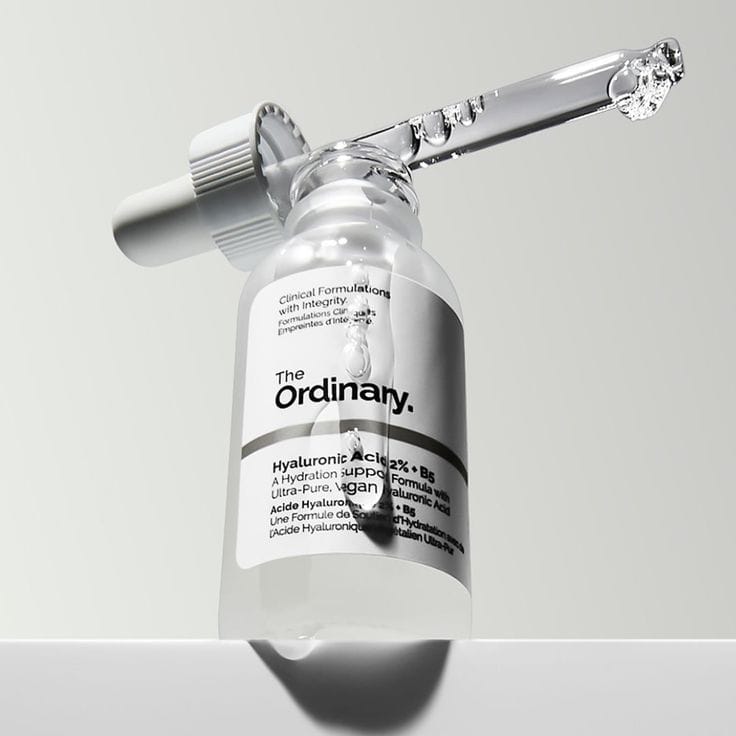
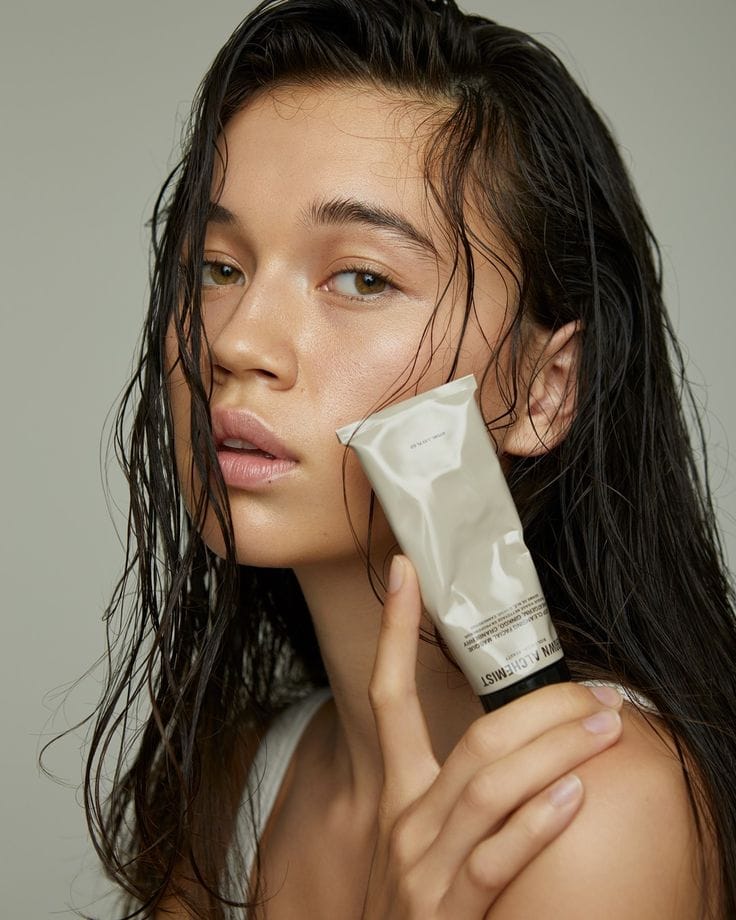
3. Harness the Power of Influencer Marketing
With authentic voices and loyal followers, influencers can significantly amplify skincare brand reach. Partnering with a beauty marketing agency Australia can help connect you with influencers who genuinely believe in your products, creating a ripple effect that leads to higher ROI.
- Micro-Influencer Partnerships
Collaborate with micro-influencers who speak to niche skincare needs, especially those whose content is backed by dermatologists. Biossance, for example, partners with micro-influencers in the eco-conscious space, reaching consumers interested in “lifestyle content,” “clean beauty,” and “sustainable skincare.” These influencers often host live sessions and collaborations with dermatologists, where the benefits of skincare are explained by experts—adding credibility and educational value to each product recommendation. Micro-influencers tend to have higher engagement rates, helping the brand generate a stronger ROI while also building trust with an informed audience. - Authentic Partnerships
Building long-term relationships with influencers fosters trust and leads to more impactful collaborations. Drunk Elephant is known for cultivating genuine partnerships with influencers who have consistently endorsed the brand, creating a stream of authentic, engaging content. - Track Performance
Track engagement, click-through rates, and conversions to gauge campaign effectiveness. Brands like Fenty Skin analyze influencer campaign metrics to refine future partnerships, ensuring each campaign delivers an improved ROAS. - Engaging and Targeted Content
Influencers can create content that is not only engaging but also highly targeted and informative. Here’s the most impactful types of content, influencers can make to maximize ROI in the skincare industry: Educational Tutorials on Skincare Routines, Dermatologist-Led Discussions, Realistic Before-and-After Transformations, Behind-the-Scenes Brand Stories, Personalized Product Recommendations, User-Generated Content.
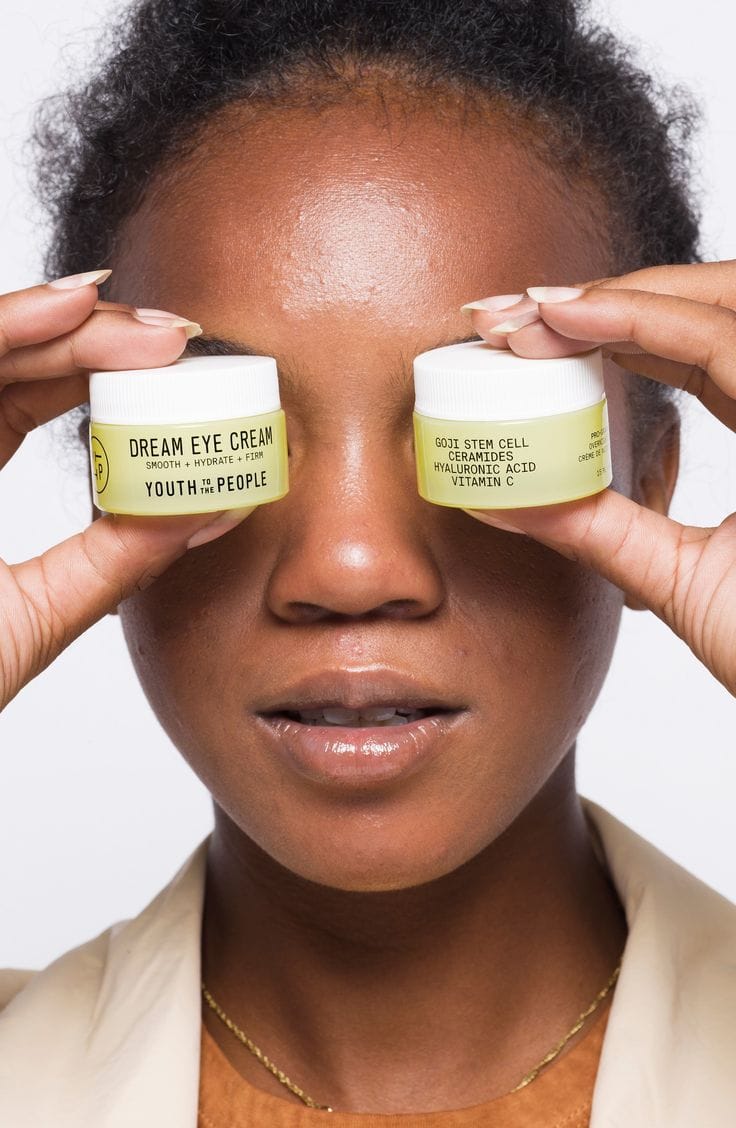
4. Master Facebook Advertising
Facebook remains one of the most powerful platforms for targeted skincare advertising, allowing brands to reach specific demographics with precision. By combining visually striking ads with strategic targeting, skincare brands can see impressive ROAS.
- Precise Targeting
Use Facebook’s advanced targeting options to reach specific demographics, interests, and behaviours. Tatcha uses Facebook’s targeting capabilities to reach consumers interested in “Japanese beauty” and “luxury skincare,” achieving a strong ROAS by tailoring ads to these niche audiences. - Compelling Ad Creative
High-quality visuals, strong calls-to-action, and engaging ad copy are essential to capture attention and drive clicks. For instance, Kylie Skin uses visually compelling ads that showcase the product’s packaging and usage, creating ads that invite viewers to explore further. - A/B Testing
Continuously testing ad variations allows you to find the perfect combination for success. Estée Lauder routinely tests ad copy, imagery, and targeting to determine what resonates most with their target market. - Retargeting
Retargeting is crucial for reconnecting with visitors who didn’t convert. Fenty Beauty has effectively used retargeting ads to follow up with customers who viewed a product but didn’t complete their purchase, ensuring higher ROAS by staying top-of-mind.
Real-world Example: Fenty Beauty, Rihanna’s skincare brand, leverages Facebook advertising to reach a broad yet targeted audience. By aligning ads with specific demographics and interests, Fenty Beauty has consistently achieved a high ROAS and brand awareness globally.
Contact us for your personalized beauty social media marketing agency to elevate your brand potential!
5. Email Marketing Magic
Email marketing remains one of the most effective channels for driving repeat purchases. With a strong email strategy, skincare brands can connect with customers in a personalized, meaningful way.
- Personalized Email Campaigns
Segment emails based on customer behaviour and preferences. SkinCeuticals, for example, sends targeted emails to users based on skin type, previous purchases, and even location, ensuring that every email is relevant to the recipient. - Irresistible Offers
Discounts, early access to new launches, and personalized recommendations are all great ways to keep subscribers engaged. Glow Recipe uses exclusive offers and early product releases to entice loyal customers to shop regularly, leading to an increase in ROAS. - Automated Email Sequences
Use automated emails for welcome sequences, abandoned carts, and post-purchase follow-ups. Brands like Kiehl’s leverage email automation to re-engage shoppers, whether it’s through reminders to restock or follow-ups on product satisfaction.
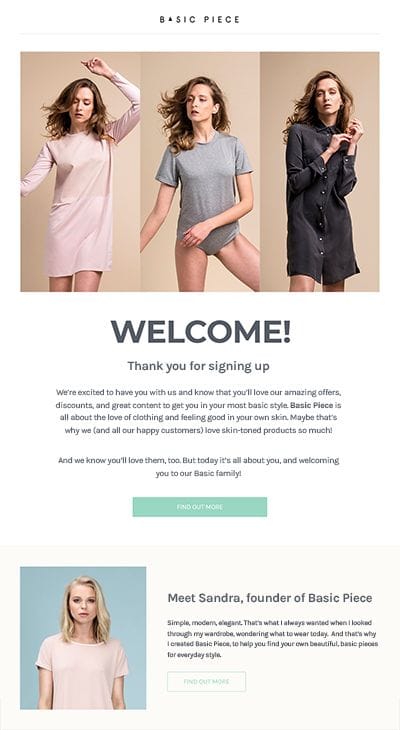
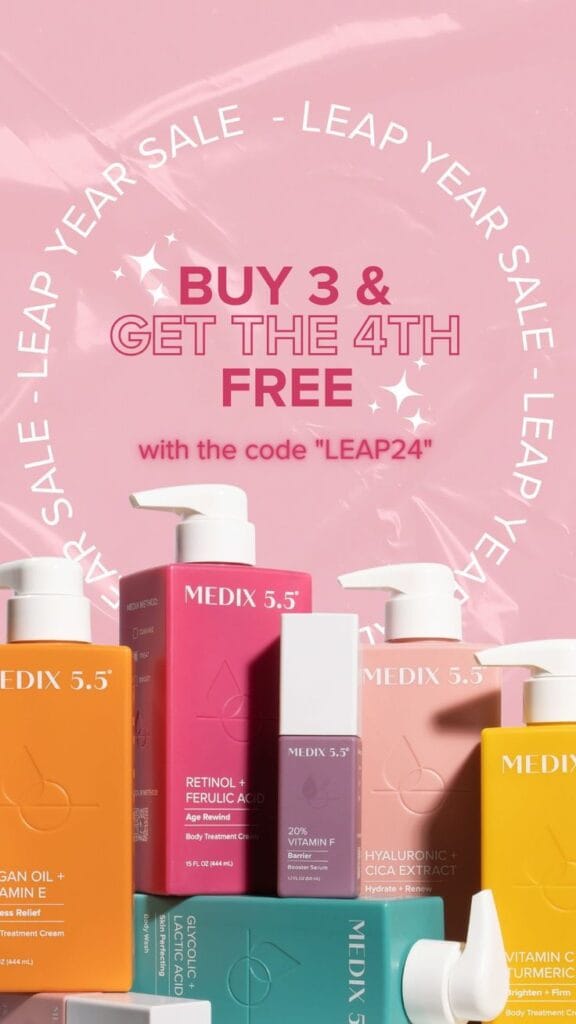
6. Continuous Testing and Optimization
To stay ahead in the ever-evolving skincare industry, continuous testing and optimization are essential. Regularly experimenting with campaigns helps refine strategies, making each ad dollar go further.
- A/B Testing
Experiment with elements like subject lines, landing page designs, and ad copies. Herbivore Botanicals, for instance, runs A/B tests on email campaigns to determine which styles and messages resonate best with their eco-conscious audience. - Data-Driven Decisions
Leverage analytics to track KPIs like customer acquisition cost, conversion rates, and lifetime value. The Ordinary constantly analyzes data to make informed decisions about ad placement, target audiences, and spending. - Iterate and Improve
Review campaign performance and refine your strategies based on insights. For example, Youth to the People adapts its ad creative and content strategy regularly, allowing them to stay relevant and increase ROAS over time.
By embracing a data-informed, customer-focused approach, skincare brands can elevate their marketing impact and boost ROAS in 2024. Partnering with a top beauty marketing agency in New York can refine strategies like optimized ad targeting, influencer partnerships, and engaging email sequences, ensuring ad spend efficiency while fostering long-lasting brand loyalty. With the right tactics, skincare brands can thrive in the competitive beauty landscape.
Hiring an experienced beauty digital marketing agency like HavStrategy can help you boost your ROAS faster.
Let's increase your revenue together!
Get Results For Your Skincare Brand In
First 3 Months
35+ Top Beauty And Skincare Brands Clients
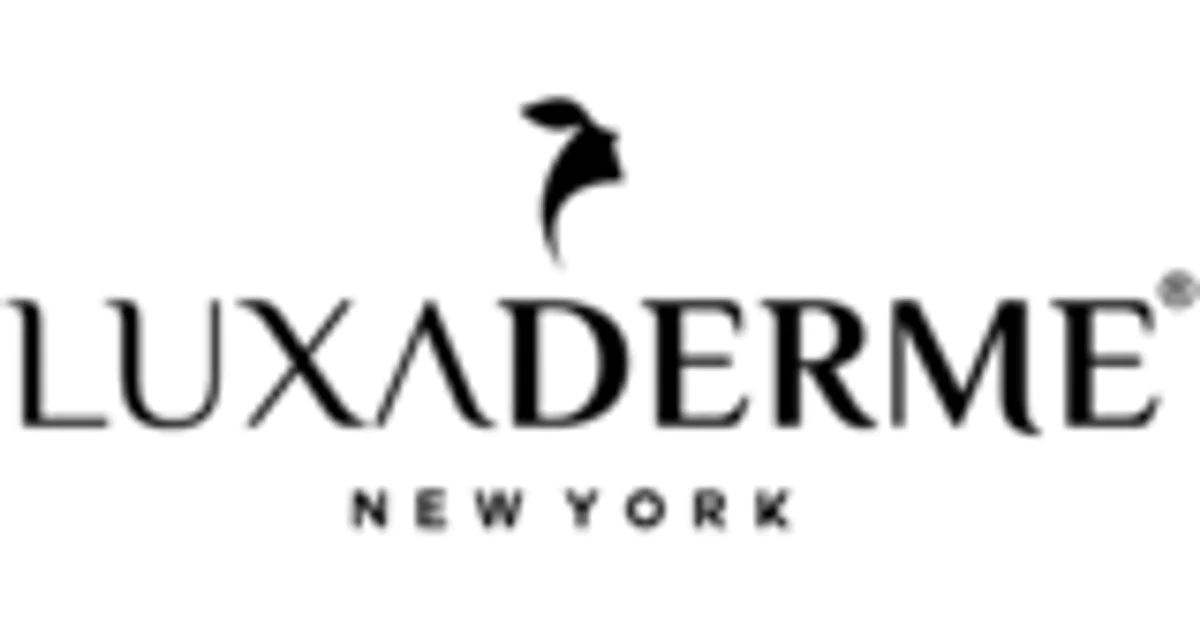
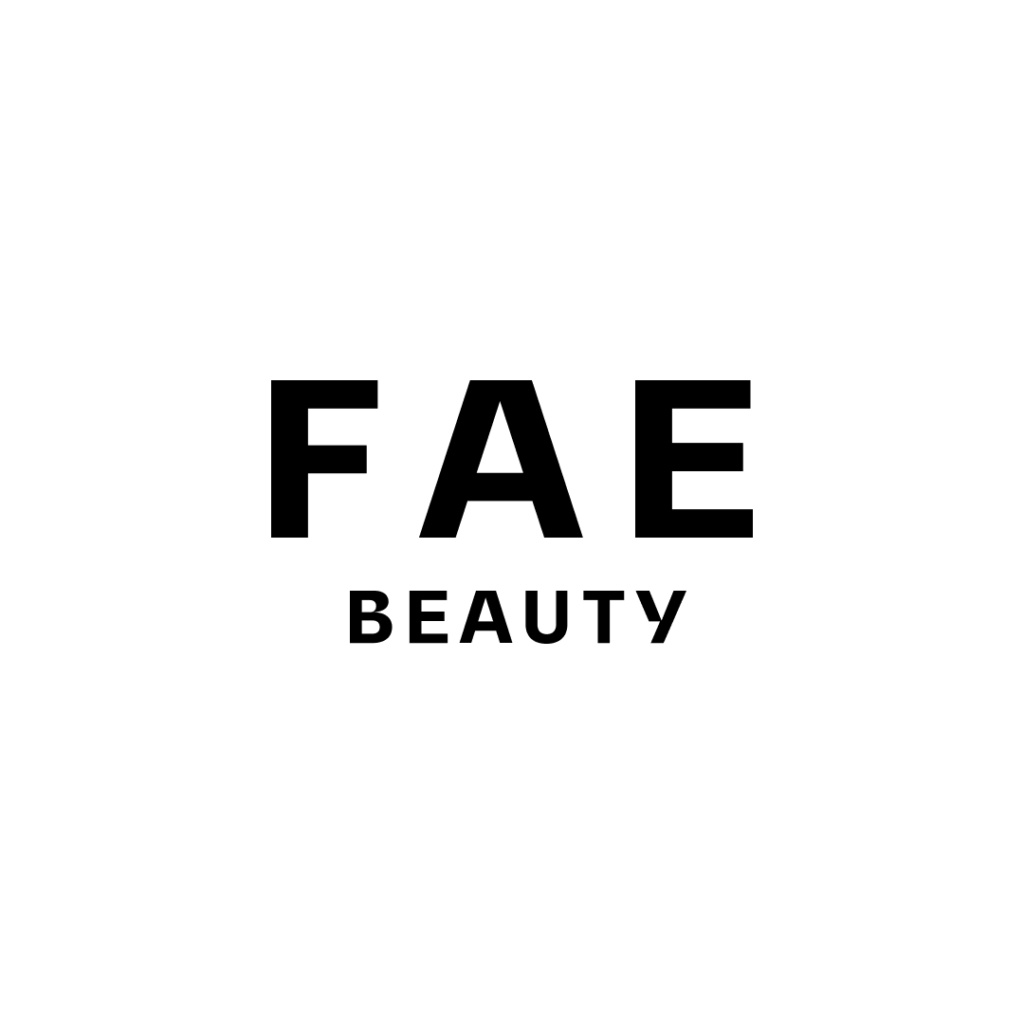
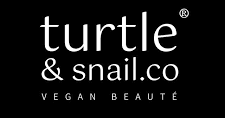

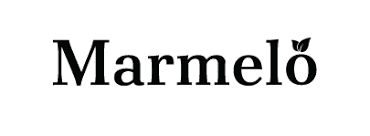


Trusted by 35+ Top Beauty & Skincare Brands
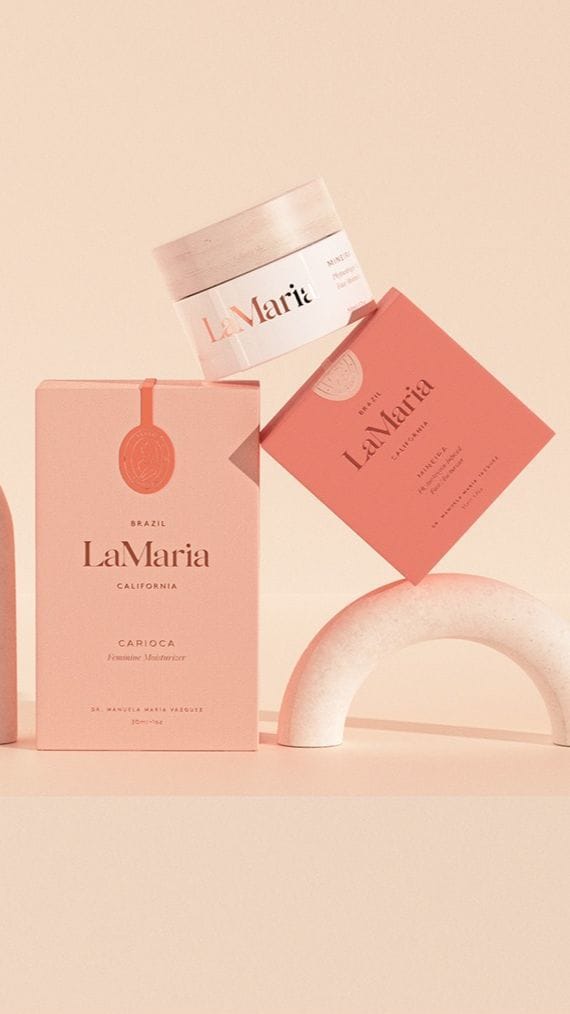
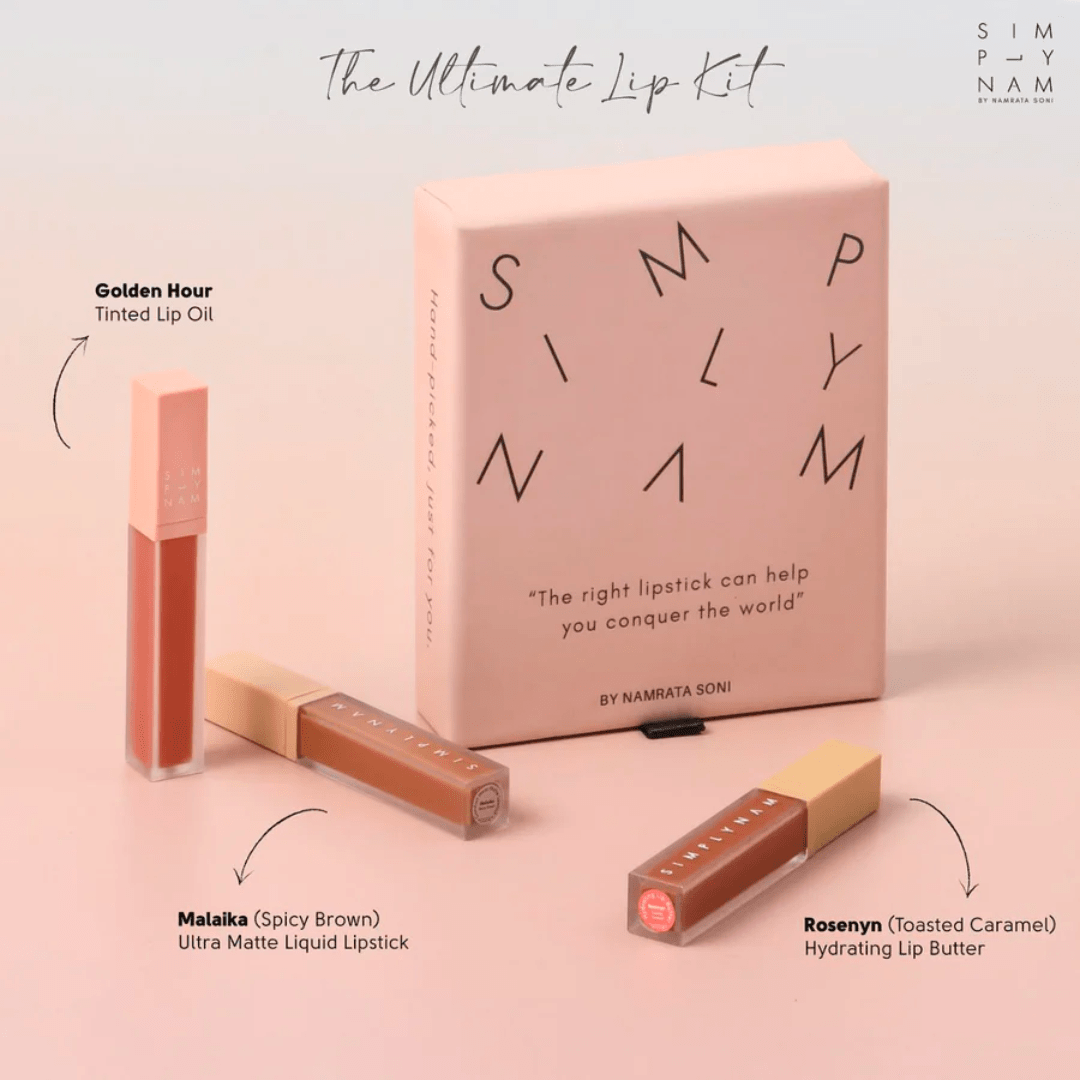



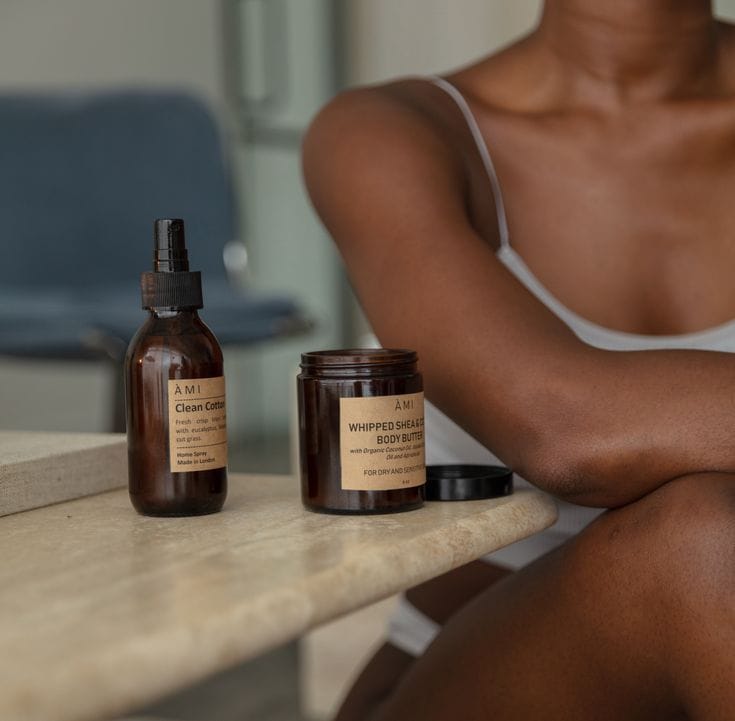
What People Say Out Loud About Us
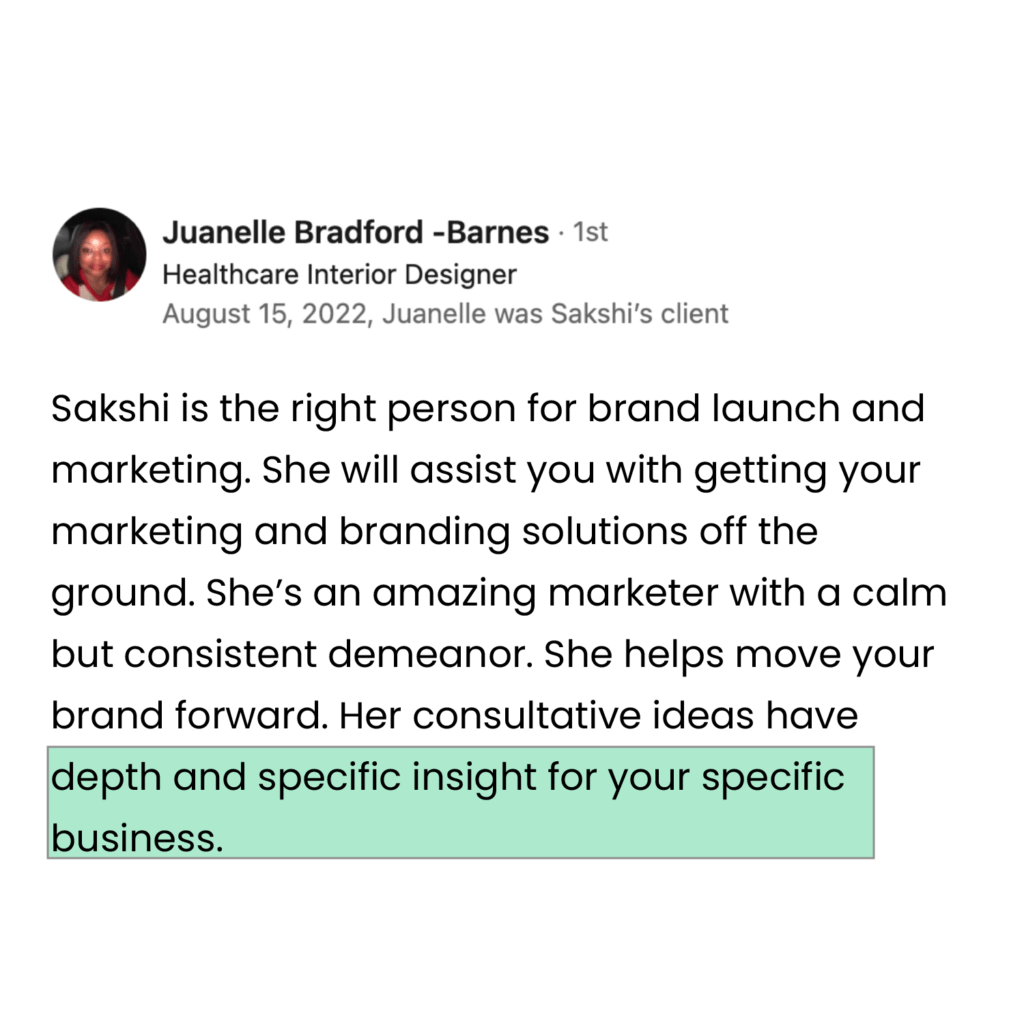
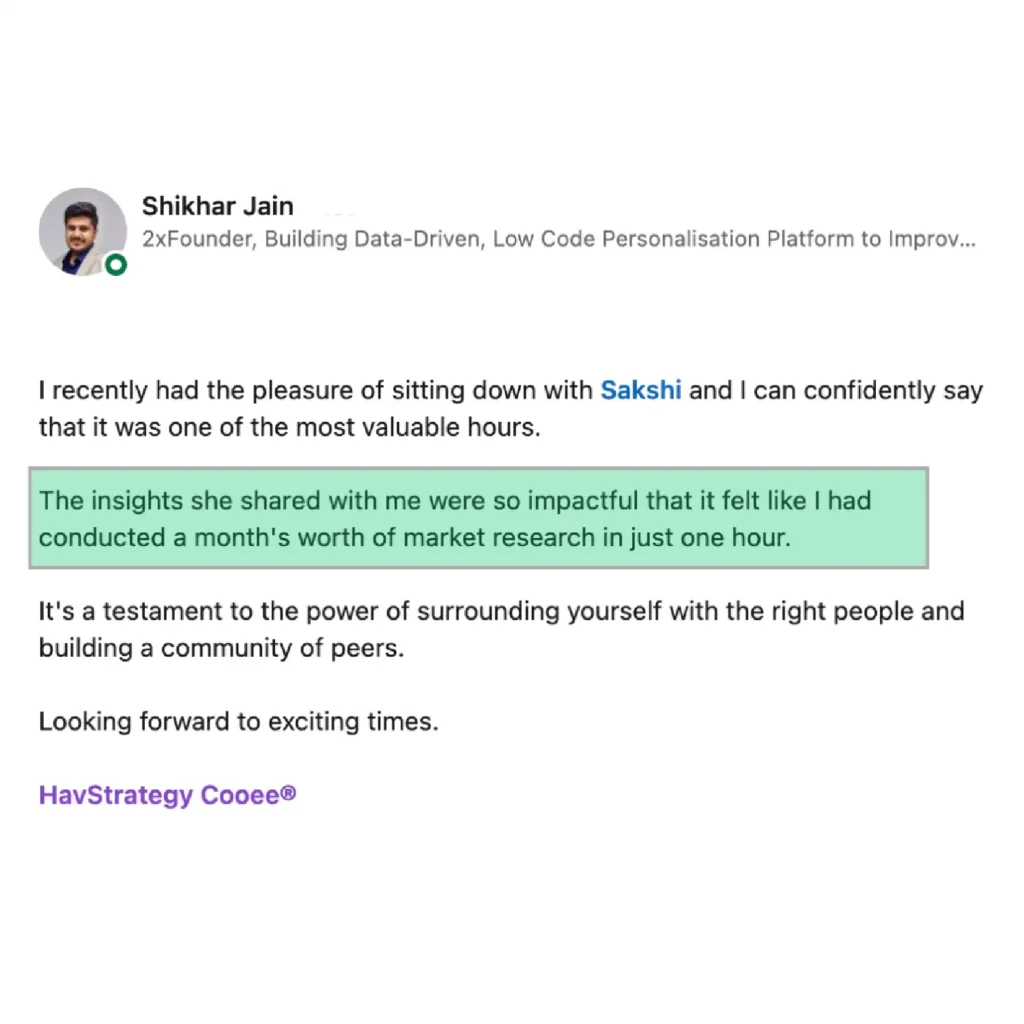
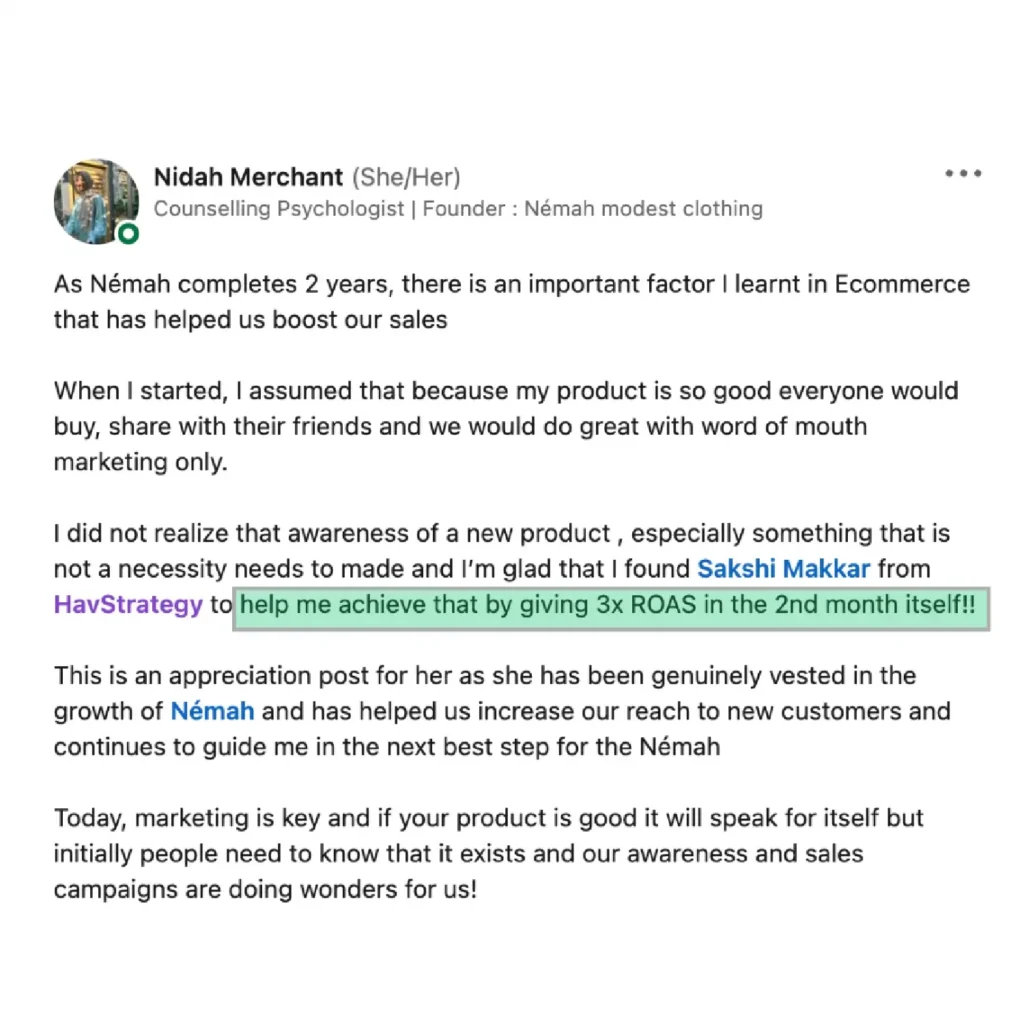
As Seen On





Client Testimonials
What Clients Say About Us
"We really appreciated how researched and data-driven their strategies and ad campaigns are. We were eager to continue working with HavStrategy because they understand what we're trying to do and challenges from the first call.."
Saksham Co-founder of Apparel Brand"HavStrategy has proven to be a reliable partner by achieving our marketing goals in just 3 months that we were trying to hit from past 9 months. The excitement and knowledge about our goals showed their true commitment from beginning to end."
David Marketing ManagerWood So Good: 3X ROAS In First Month
Juanella: 20 Leads In First Month
Diam Beauty: 8.5X ROAS In Second Month
Want Us To Be The Growth Partner To Your Business?
Let's Connect
Let's Connect
International Market
Fashion Marketing Agency in UK
Fashion Marketing Agency in UAE
Lifestyle Marketing Agency in UAE
Skincare Marketing Agency in UK
Cosmetic Marketing Agency in UK
Beauty Marketing Agency in UAE
Luxury Marketing Agency in UAE
Home Decor Marketing Agency in UK
Home Decor Marketing Agency in UAE
Services
Social Media Marketing Agency in UK
Social Media Marketing Agency in UAE
Performance Marketing Agency In UK
Performance Marketing Agency In UAE
Digital Marketing Agency In UK
Digital Marketing Agency In UAE
Home Decor Marketing Agency In Australia
Beauty Marketing Agency In Australia
Skincare Marketing Agency In Melbourne
Fashion Marketing Agency In Australia
Copyright © 2023 HavStrategy


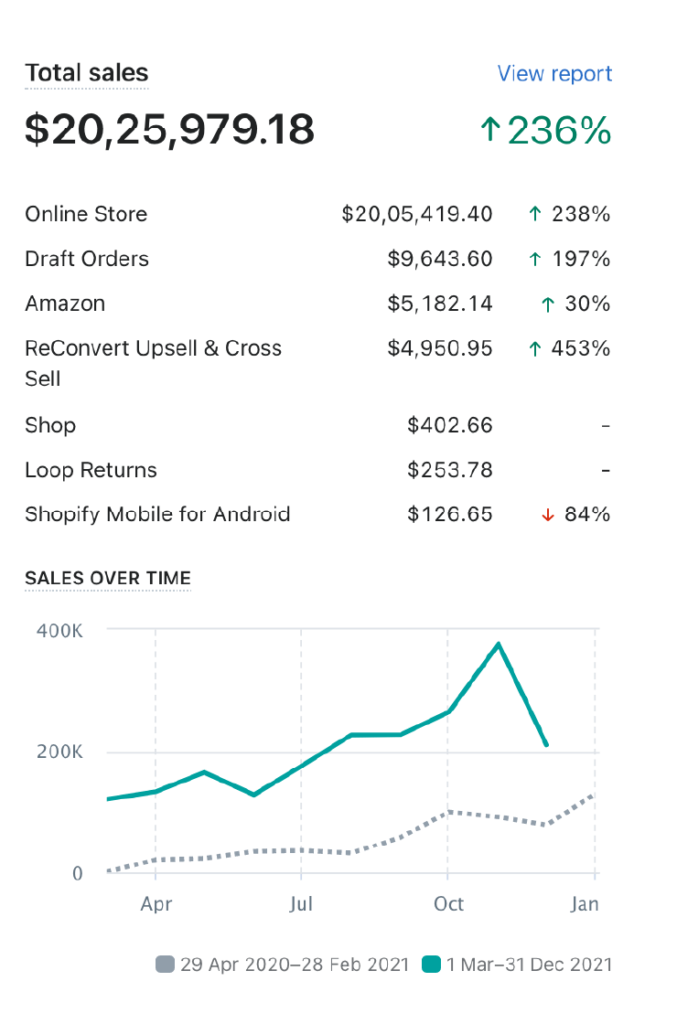
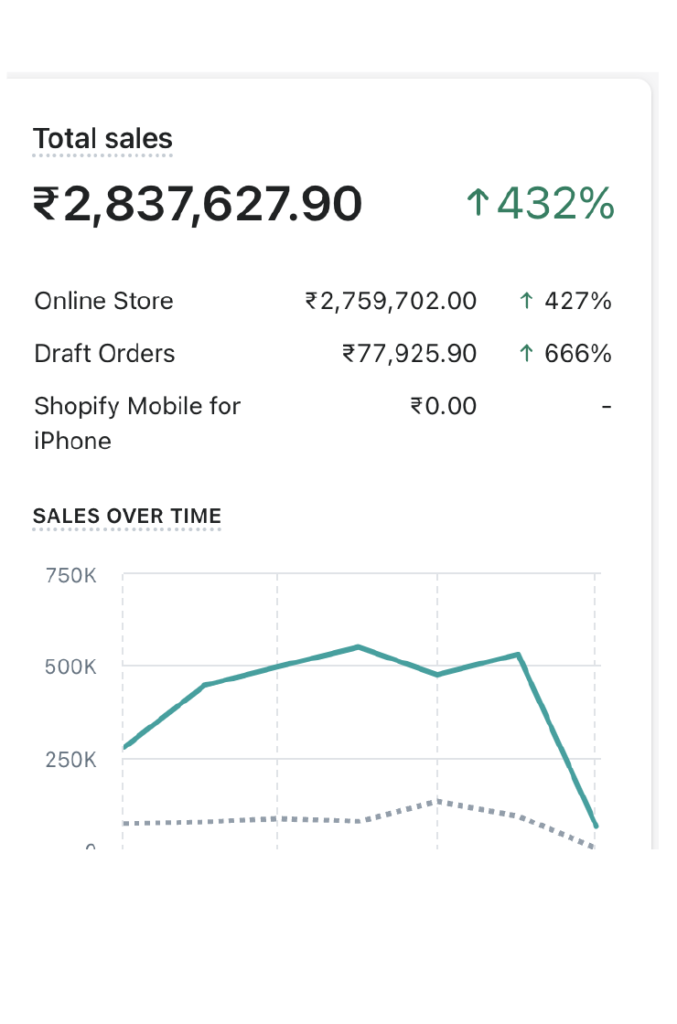
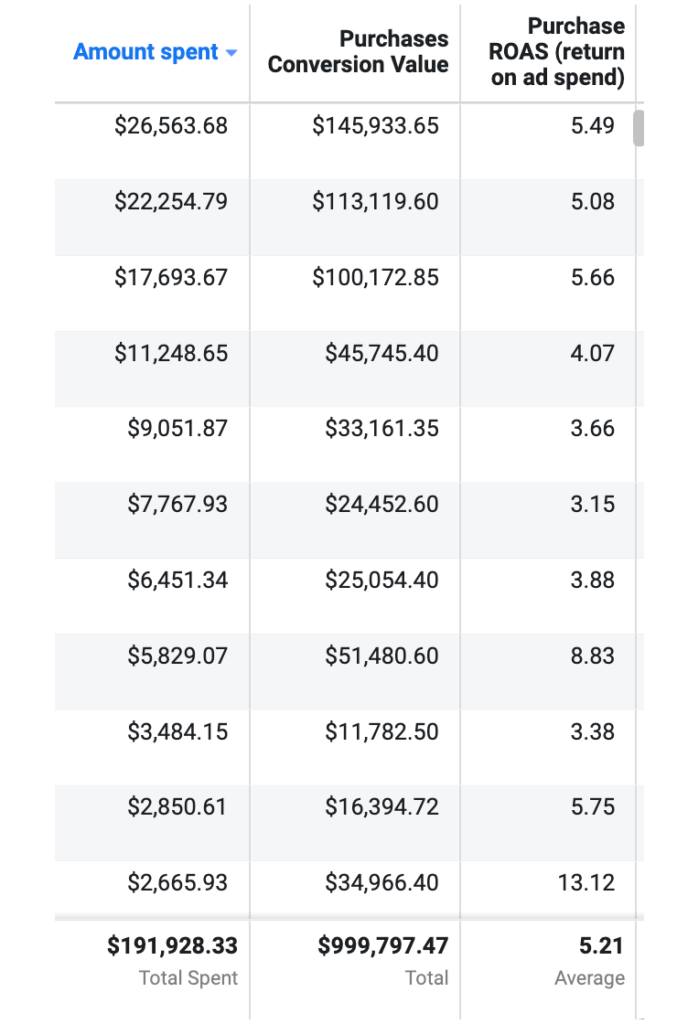
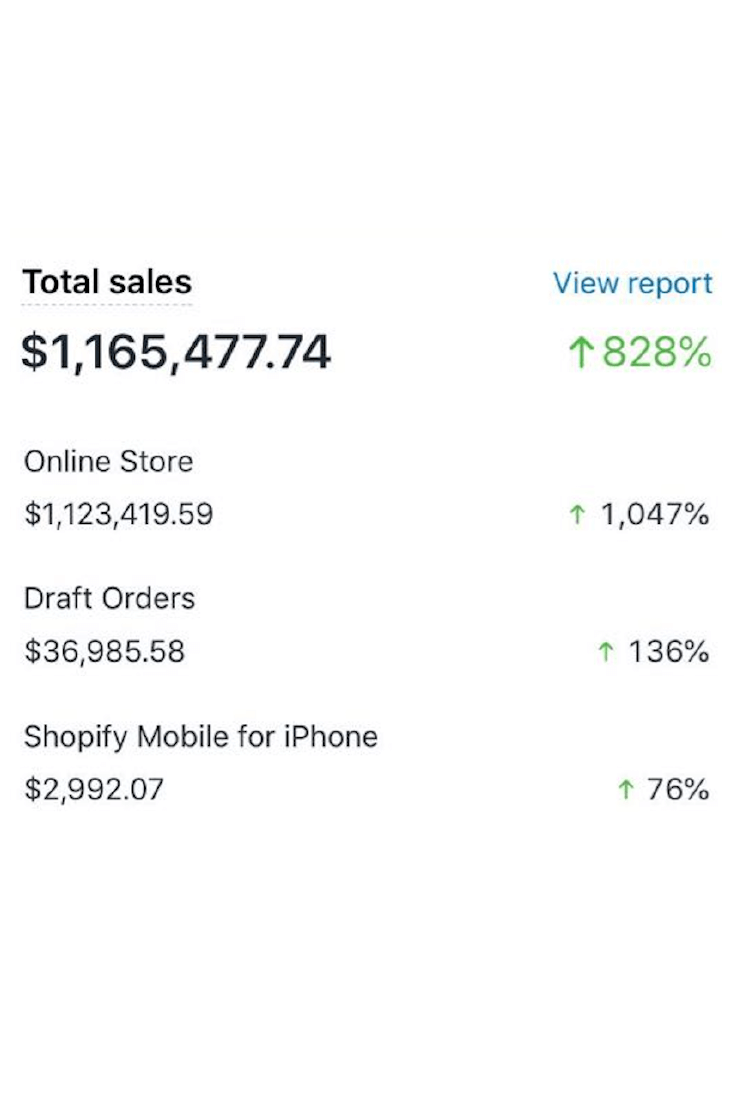
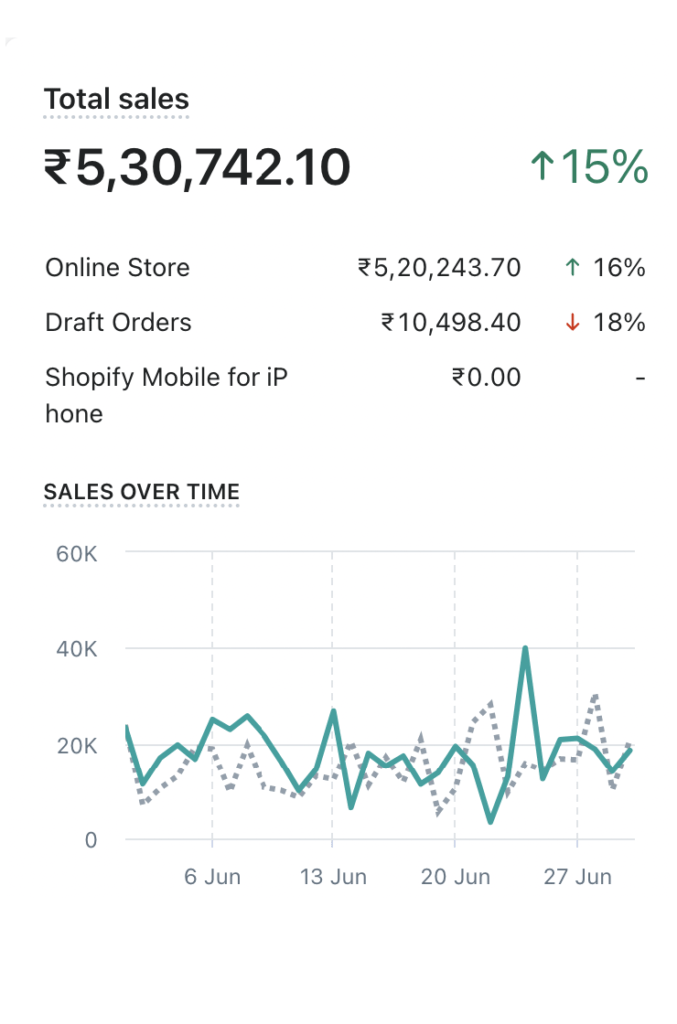


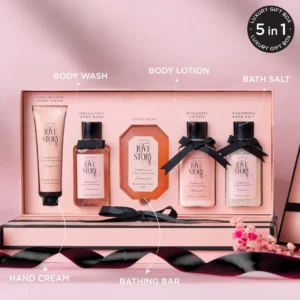

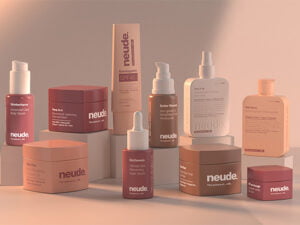
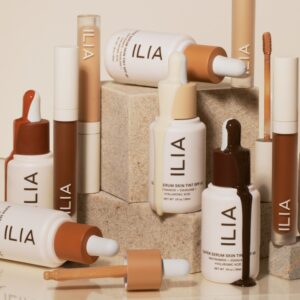
"HavStrategy has consistently delivered the marketing results. We were over-the-top impressed with the amount of skills, creativity and knowledge across every discipline on the team."
Jia Founder of Endora Scented Candles